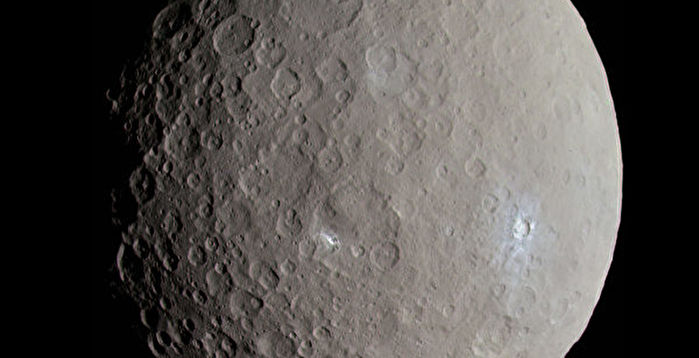(The Epoch Times, August 13, 2022) According to an Aug. 1 press release from Virginia Tech University, geoscientists at Virginia Tech may have figured out why Ceres had an “unexpected appearance”. geological activity”, a discovery that could revolutionize how humans view dwarf planets.
Ceres is a dwarf planet and the largest body in the asteroid belt of the solar system. Scientists have known about Ceres for some time, but it wasn’t until 2015 that NASA’s Dawn probe allowed researchers to take a closer look at the rocky star.
Surprisingly, scientists have discovered that Ceres has interesting geological features, such as plateaus, mineral deposits, and surface fissures—all signs that Ceres has had earthquakes or even oceans.
To confirm this theory, however, a dwarf star needed a way to generate heat at some point in its history — something scientists think smaller planetary bodies generally can’t do.
This is largely due to the violent way stars form. Larger planets like Earth can be hot in the early stages of formation, thus triggering geological activity, and later cooling down over time. Ceres, on the other hand, was never large enough to be a true planet, so it was impossible to generate heat during its formation.
But according to scientists’ computer simulations of Ceres’ distant past, the dwarf planet didn’t need to be hot to begin with. Instead, they argue: The dwarf planet contains the radioactive elements uranium and thorium, so it gets hot by radioactive decay inside it. Fascinatingly, this makes it go from cold to hot to cold again, rather than hot to cold like larger planets.
“What our paper shows is that radiative heating alone is enough to create interesting geology,” Scott King, a professor of earth sciences at Virginia Tech, said in a news release.
The model will hopefully provide some clues about how other dwarf planets, and even some moons, formed. Regardless, this reminds us how little we know about the universe and how much remains to be discovered.
The research was published May 17 in AGU Advances, an academic journal of the American Geophysical Union (AGU). ◇
Responsible editor: Ye Ziwei#
